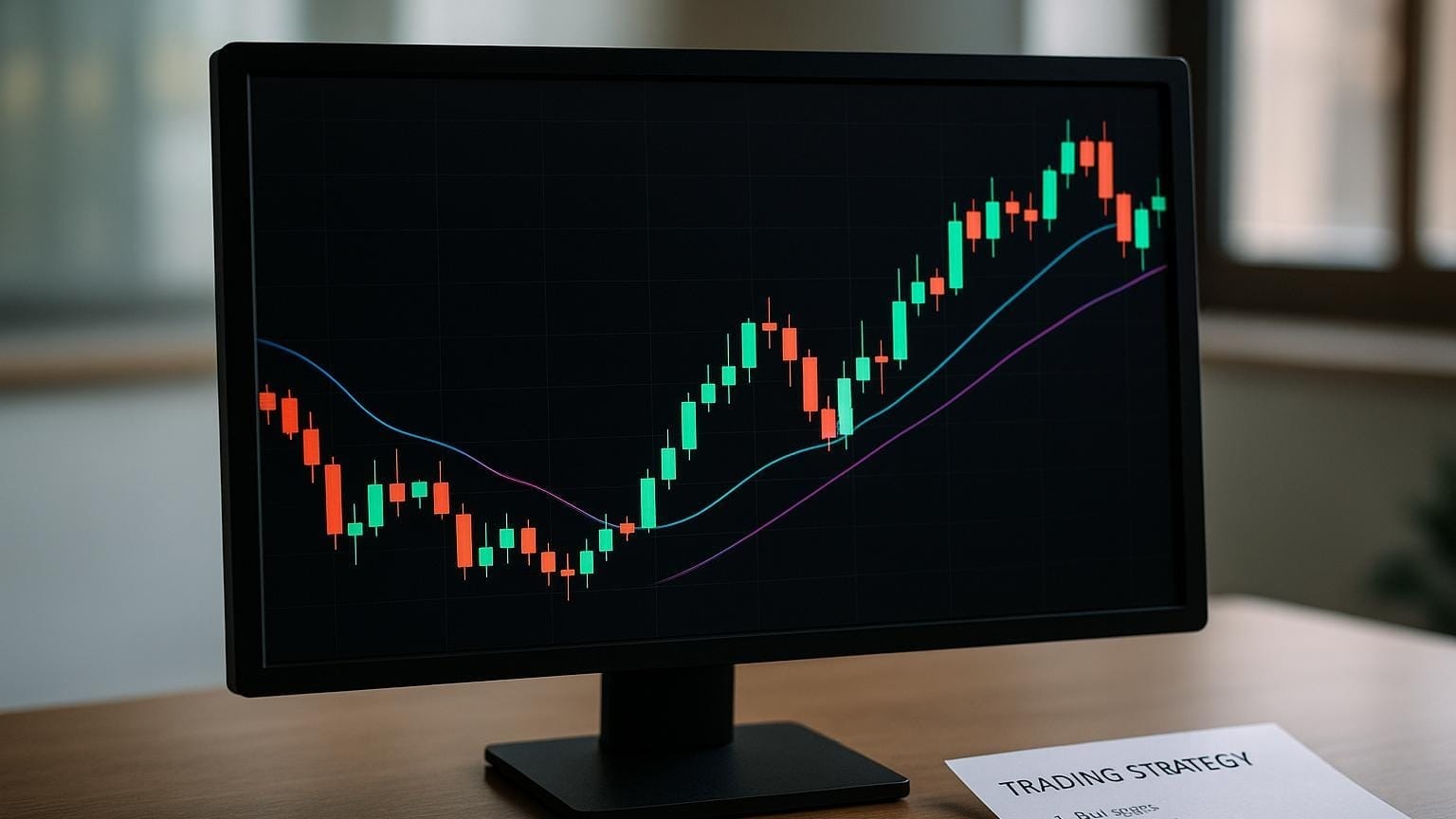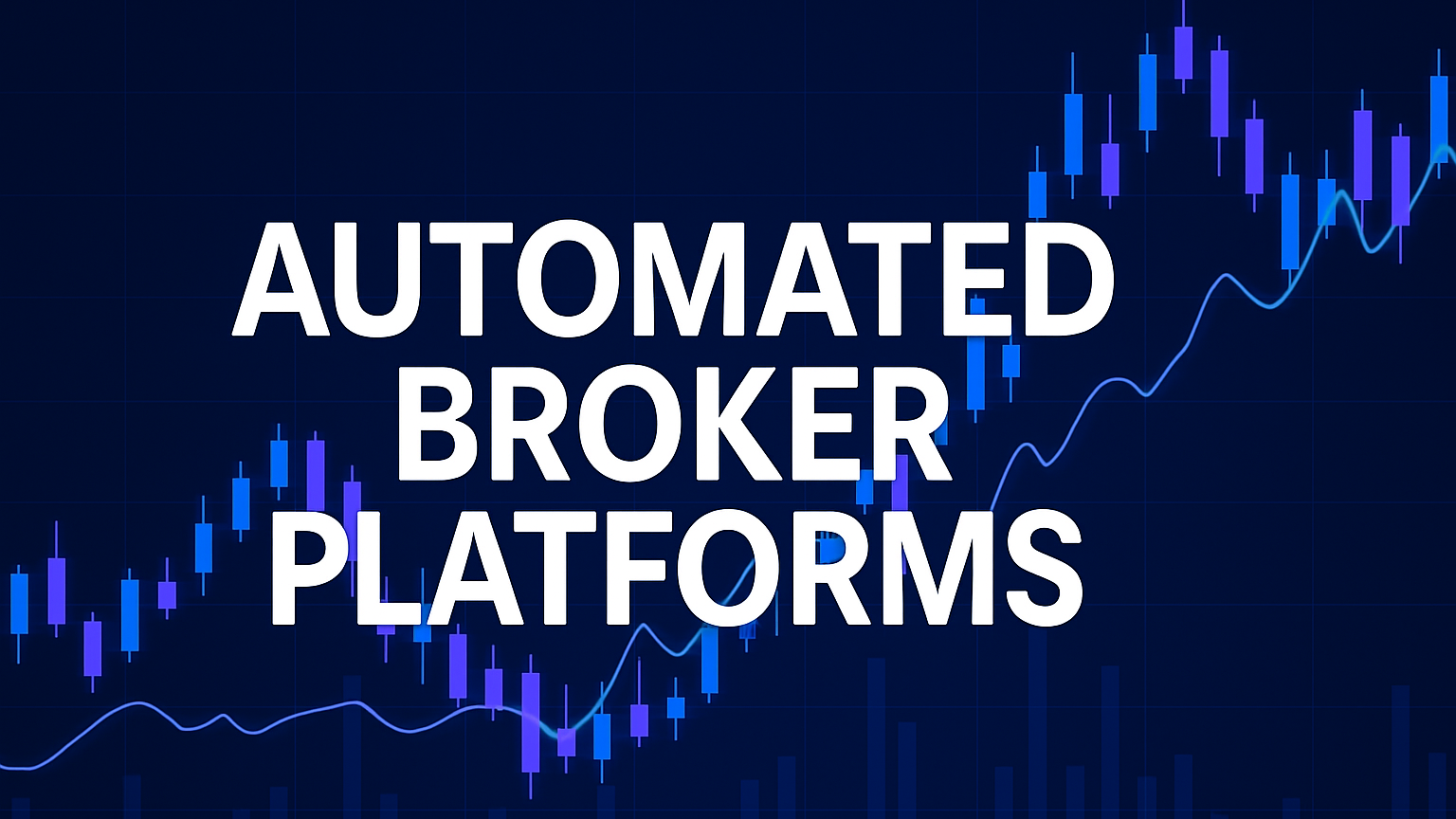Learn why stress testing is essential for algorithmic trading, covering market scenarios, performance metrics, and risk management strategies.
Running an untested trading algorithm is a risk you cannot afford. Stress testing helps you identify weaknesses, simulate extreme market conditions, and refine your strategy before going live. Here is what you need to know:
- Why Stress Test? Spot vulnerabilities in performance, liquidity, and risk management.
- Key Scenarios to Test: Market crashes (for example, the 2008 crisis and the 2010 Flash Crash), low liquidity, and rule changes.
- Tools and Methods: Monte Carlo simulations, custom stress scenarios, and parameter sensitivity analysis.
- Metrics to Monitor: Drawdowns, error rates, recovery time, and win rates compared with random baselines.
- Next Steps: Refine your strategy, set smarter risk limits, and use safety features like stop-loss orders and circuit breakers.
Stress testing ensures your trading system can handle the worst-case scenarios and remain reliable under pressure. Start testing today to minimise risks and improve performance.
Backtesting Algorithmic Trading Strategies
Market Conditions to Test Against

Testing your trading algorithm under various market scenarios is crucial to spotting weaknesses before they cause real-world problems. Start by examining historical events that have challenged even the most robust trading systems.
Past Market Crashes as Test Cases
Historical market crashes provide valuable stress-testing opportunities. Take the 2010 Flash Crash, for instance, this event saw the Dow Jones Industrial Average drop nearly 1,000 points in mere minutes. It is a prime example of how algorithms can intensify market instability.
When evaluating your algorithm, focus on these key events:
- 2008 Financial Crisis: A prolonged period of extreme volatility.
- 2010 Flash Crash: Sudden and dramatic intraday price movements.
These scenarios help gauge how your system handles extreme conditions.
Testing for Market Volatility and Low Liquidity
Adaptrade Software research highlights why volatility testing is essential. Their study of a EURUSD forex strategy revealed significant performance swings based on market conditions. Depending on price-series adjustments, the strategy net profit ranged from $50,201 to $147,855.
To account for volatility and liquidity issues, consider these tests:
- Simulate price gaps: See how your algorithm reacts to sudden price jumps.
- Lower trading volumes: Test its performance during periods of thin market activity.
- Widen spreads: Observe the impact of larger bid-ask spreads.
The goal is to ensure your strategy performs consistently across these scenarios. If results vary too much, further adjustments are needed before live trading.
Testing for Market Rule Changes
Changing market rules can also disrupt trading algorithms. Incorporating these into your testing framework is essential. Key areas to address include:
- Trading halts
- Position limits
- Margin changes
- Circuit breakers
- Regulatory updates
Your testing should not only identify risks but also lead to actionable improvements, ensuring your system is prepared for shifting rules.
| Test Scenario | Key Metrics to Monitor | Risk Mitigation Steps |
|---|---|---|
| Flash Crashes | Drawdown Speed | Circuit Breakers |
| Low Liquidity | Fill Rates | Position Size Limits |
| Rule Changes | Compliance Indicators | Automated Safeguards |
How to Test Trading Algorithms
Using Monte Carlo Tests
Monte Carlo simulations are a powerful way to evaluate how a trading algorithm might perform under a wide range of market conditions. By introducing randomness, these tests help uncover risks that may not be visible in standard backtesting. For example, research from Build Alpha highlights how backtested drawdowns can sometimes be underestimated. A system showing a $1,663.90 drawdown during backtesting could potentially face drawdowns as high as $5,195.17 when tested through Monte Carlo simulations.
Here is what to keep in mind when running Monte Carlo tests:
- Run at least 1,000 simulations.
- Use different methods like reshuffling, resampling, and randomisation.
- Compare equity curves against simulation bands for a clearer picture.
"The purpose of Monte Carlo Simulation is to detect lucky backtests and misleading performance metrics before risking real capital." - David Bergstrom, Build Alpha
In addition to randomised simulations, consider creating stress scenarios tailored to the specific risks of your strategy.
Creating Custom Stress Scenarios
Custom stress scenarios test how your algorithm holds up under extreme but plausible market conditions. These scenarios can help identify potential vulnerabilities.
Market Disruptions: Simulate scenarios such as sudden volatility spikes, extended periods of low liquidity, or widening bid-ask spreads.
System Challenges: Test for issues like increased network latency, delays in order execution, or disruptions in data feeds.
By simulating these situations, you can evaluate whether your algorithm remains reliable or falters under pressure.
Testing Algorithm Settings
Once you have assessed your algorithm performance under extreme conditions, refine it by testing individual settings. Parameter sensitivity analysis is key here. This process examines how changes to specific variables such as entry signals, stop-losses, or position sizes affect overall performance.
When testing parameters:
- Make small, incremental adjustments to isolate the impact of each setting.
- Monitor multiple performance metrics: win rate, profit factor, drawdown, and risk-adjusted returns.
- Keep detailed records of settings that produce stable results across different market conditions.
- Test delayed entries and exits to see how your strategy handles timing issues.
A well-designed algorithm should respond predictably to parameter changes. If minor tweaks cause large swings in performance, the strategy needs further refinement before going live.
Understanding Test Results
Key Performance Numbers to Track
Track these performance indicators to evaluate your strategy effectively:
- Win Rate vs. Random: Measure performance compared with a random baseline.
- Recovery Time: Assess how quickly your strategy bounces back after stress events.
- Error Rate: Monitor the number of failed operations during periods of high stress.
Creating Performance Charts
Visualising performance through charts can highlight patterns and weaknesses:
- Monte Carlo Distribution Chart: Displays outcome distributions from repeated simulations, helping you spot performance variations and outliers.
- Sensitivity Analysis Heat Map: A colour-coded grid that shows how different parameters impact performance. This can pinpoint areas where small adjustments lead to stable results.
"The goal for any trading strategy is to have better performance metrics than the best random strategy." - Build Alpha
Finding and Fixing Problems
Charts often uncover specific issues that need attention:
- Overfit Strategies: A sharp drop in performance on noise-adjusted samples suggests overfitting. Build Alpha advises focusing on strong signals and minimising parameter optimisation.
- Liquidity Issues: Weak performance during low-liquidity periods may mean it is time to rebalance positions or increase liquidity buffers.
"Robustness can be equated to reliability." - Build Alpha
Making Algorithms More Reliable
Improve your algorithm dependability with solid safeguards and effective risk-management strategies.
Setting Smarter Risk Limits
Stick to the 2 % to 3 % rule: risk no more than this percentage of your account on any given trade. Use percentages to calculate position sizes, drawdowns, daily losses, and total exposure.
"Risk management ensures that traders do not lose their entire trading capital, allowing them to stay in the market longer and continue trading even after experiencing losses." - EzTrades
Adding Key Safety Features
Automated safety tools help eliminate emotional decisions and promote consistent risk management. Some essential features include:
| Safety Feature | Purpose | Implementation |
|---|---|---|
| Stop-Loss Orders | Limit potential losses | Set levels using technical analysis and ATR |
| Trailing Stops | Secure profits | Dynamically adjust as price moves in your favour |
| Circuit Breakers | Halt trading during high volatility | Triggered by market volatility metrics |
| Position Sizing Controls | Adjust based on account balance | Automatically recalibrates with account changes |
For stop-loss orders, consider using the Average True Range (ATR) indicator to set adaptable levels. This approach guards against premature exits while offering robust protection during volatile market conditions.
To strengthen your strategy further, diversify your trading methods.
Using Multiple Trading Methods
Incorporating various trading methods reinforces your system and improves performance.
- Core Strategy Combination: Combine complementary technical indicators. For example, pair trend-following tools with momentum oscillators to confirm signals and reduce errors.
- Risk Distribution: Spread your risk across different trading pairs and timeframes. This diversification helps balance performance when individual strategies falter.
| Trading Method | Best Market Condition | Key Indicator |
|---|---|---|
| ADX Strategy | Strong Trends | ADX |
| Bollinger Bands | Range-bound Markets | Bollinger Bands |
| MACD | Momentum Markets | MACD |
| Support and Resistance | Choppy Markets | Price Levels |
Conclusion and Action Steps
Main Points About Algorithm Testing
Stress testing is essential to prevent major losses and system failures. Research shows that IT downtime costs businesses an average of $5,600 per minute, a clear reminder of why rigorous testing is necessary for algorithmic trading systems.
Here are key areas to prioritise in your testing process:
-
System Infrastructure Testing
Regular stress tests expose vulnerabilities in your trading setup. Focus on these metrics:Metric Target Threshold Importance Response Time Under 500 ms Ensures trades are executed quickly Error Rate Below 1 % Maintains accuracy in trading Recovery Time Under 2 minutes Reduces the impact of downtime -
Simulating Market Conditions
Test your algorithm against challenging scenarios like past market crashes, periods of high volatility, or sudden changes in market rules. This ensures your system can handle extreme conditions effectively. -
Parameter Optimisation
Use sensitivity analysis to identify parameters that perform consistently across various conditions. This approach fine-tunes settings for better resilience.
By focusing on these areas, you can develop a trading system prepared for any market scenario.
Using LuxAlgo for Testing
Once you have a solid testing framework, advanced resources can enhance your strategy further. LuxAlgo’s Ultimate plan ($59.99 per month) unlocks AI Backtesting, three specialised backtesters on TradingView, multi-timeframe optimisation, and weekly screener updates for in-depth market analysis.
Forex trader Çağrı Güler shared a compelling example of LuxAlgo impact, reporting a 25 % gain on his capital in just one week using these tools.
Pair LuxAlgo advanced capabilities with consistent system monitoring and regular updates to maintain a robust trading framework.








